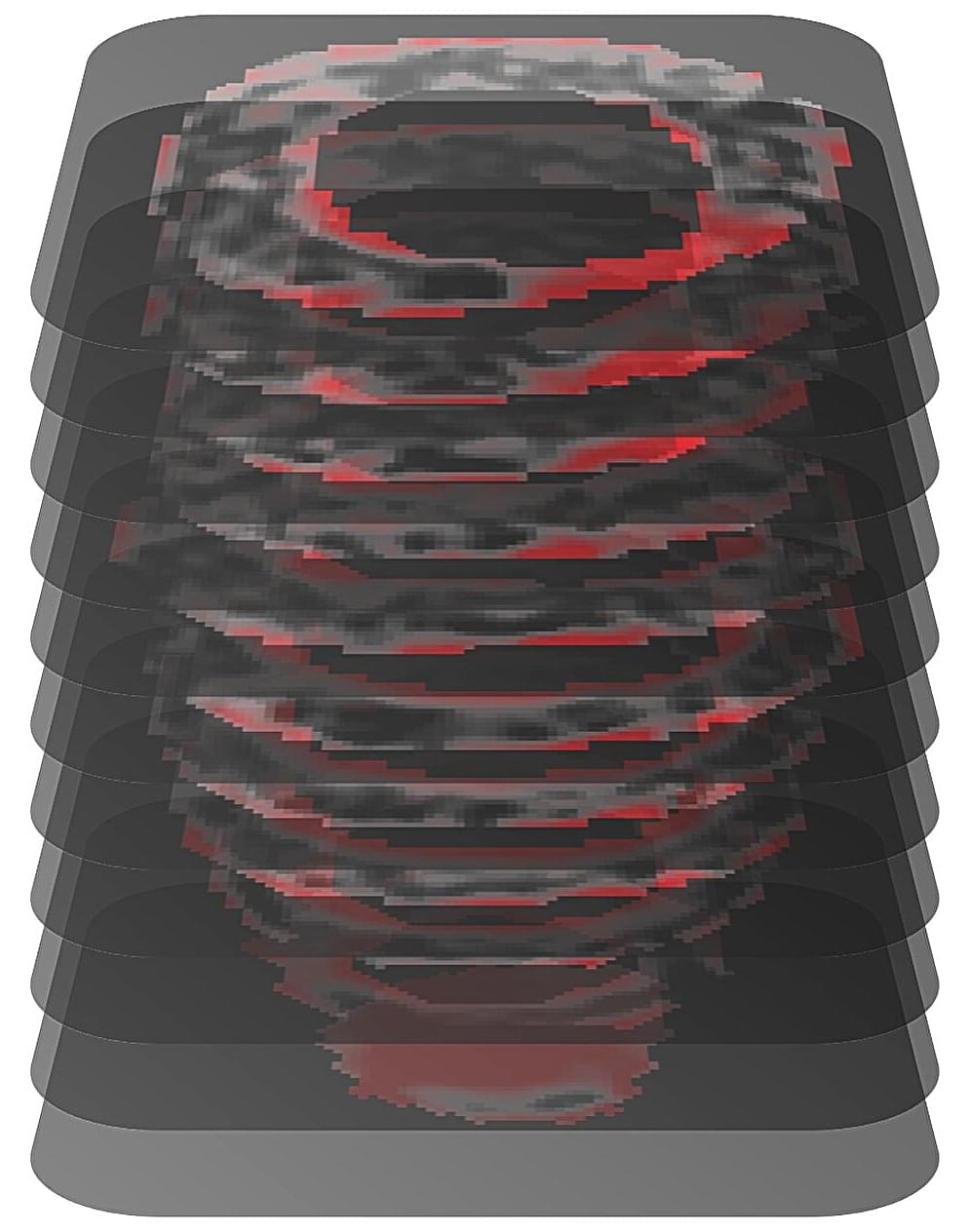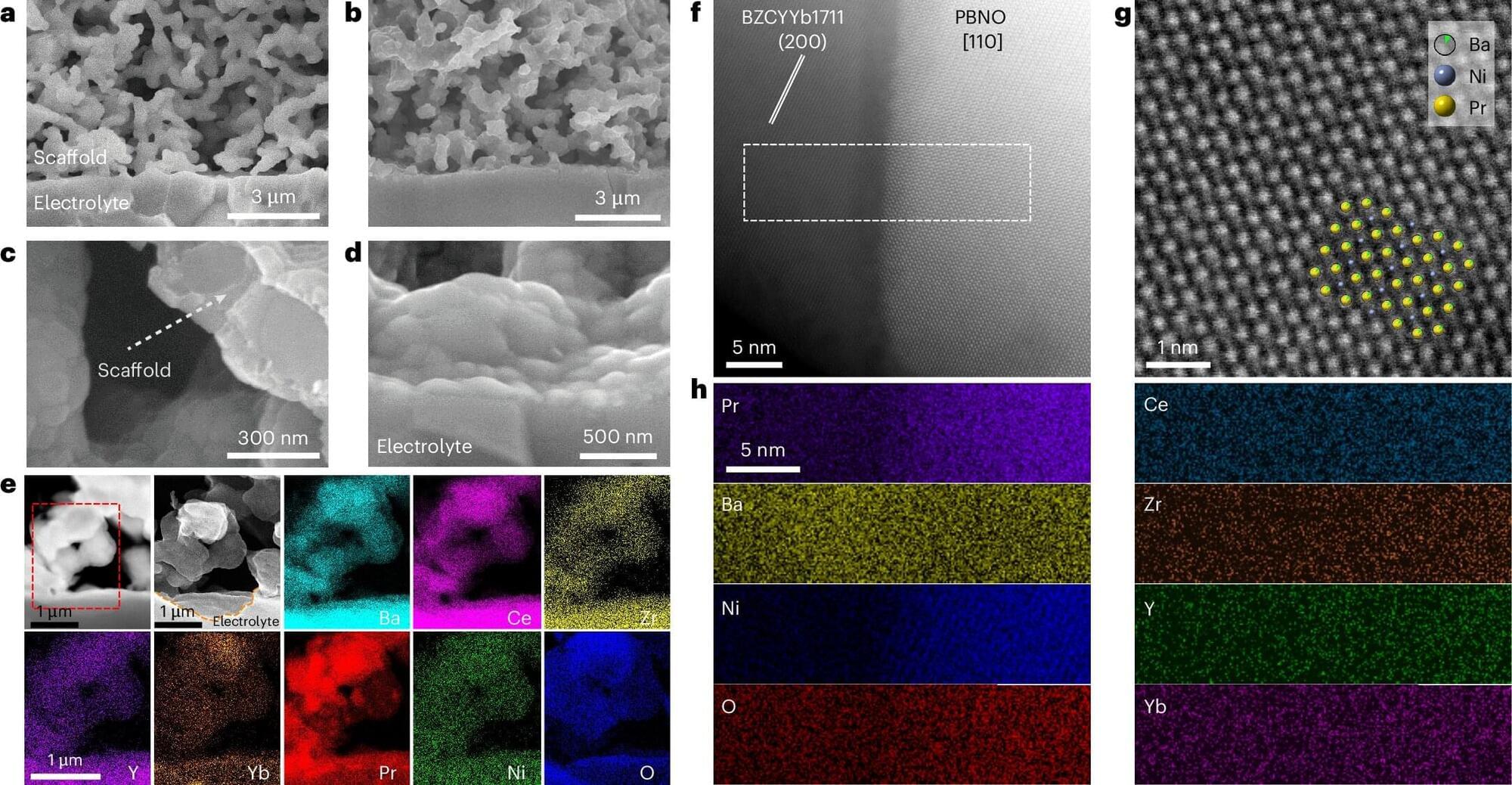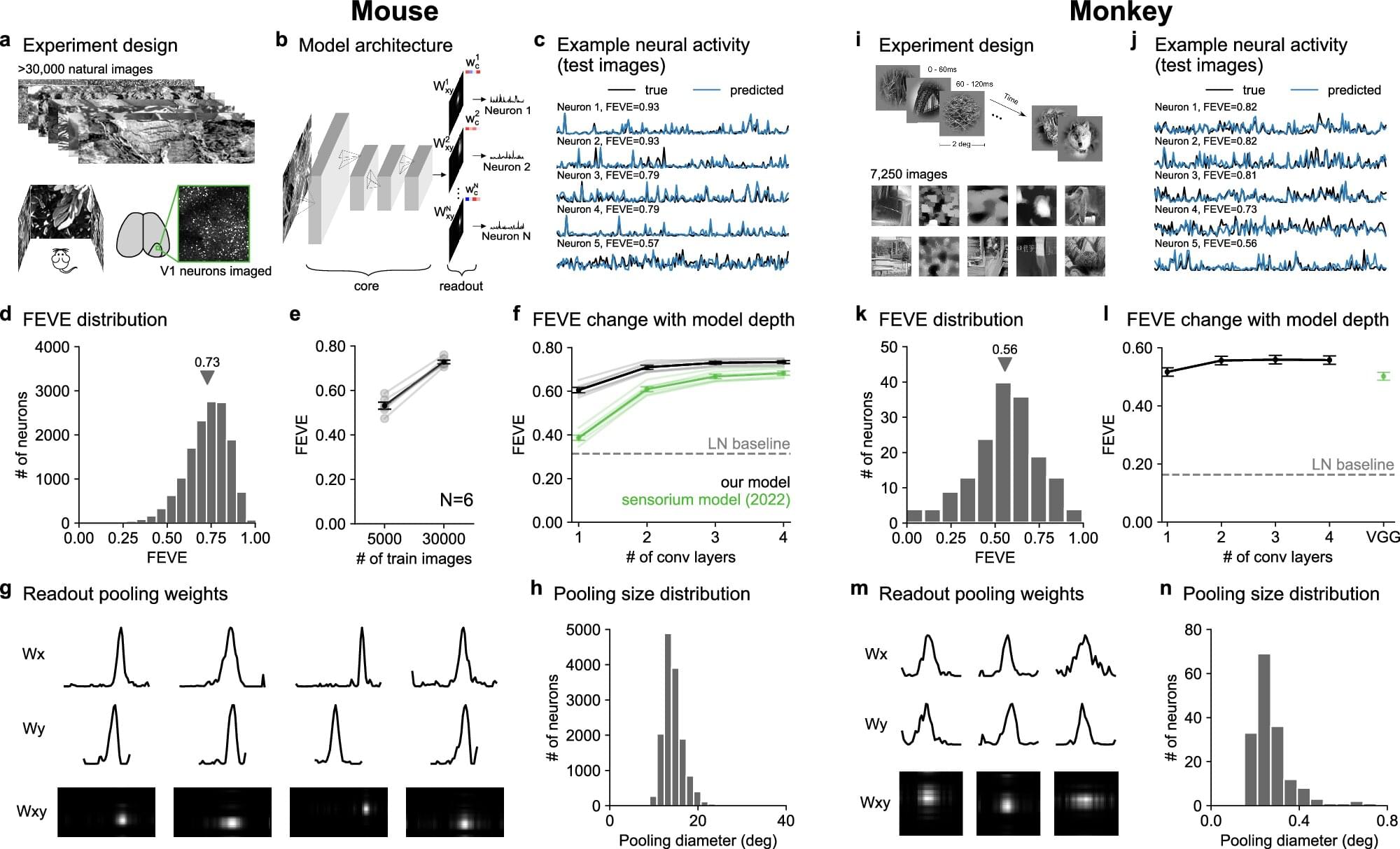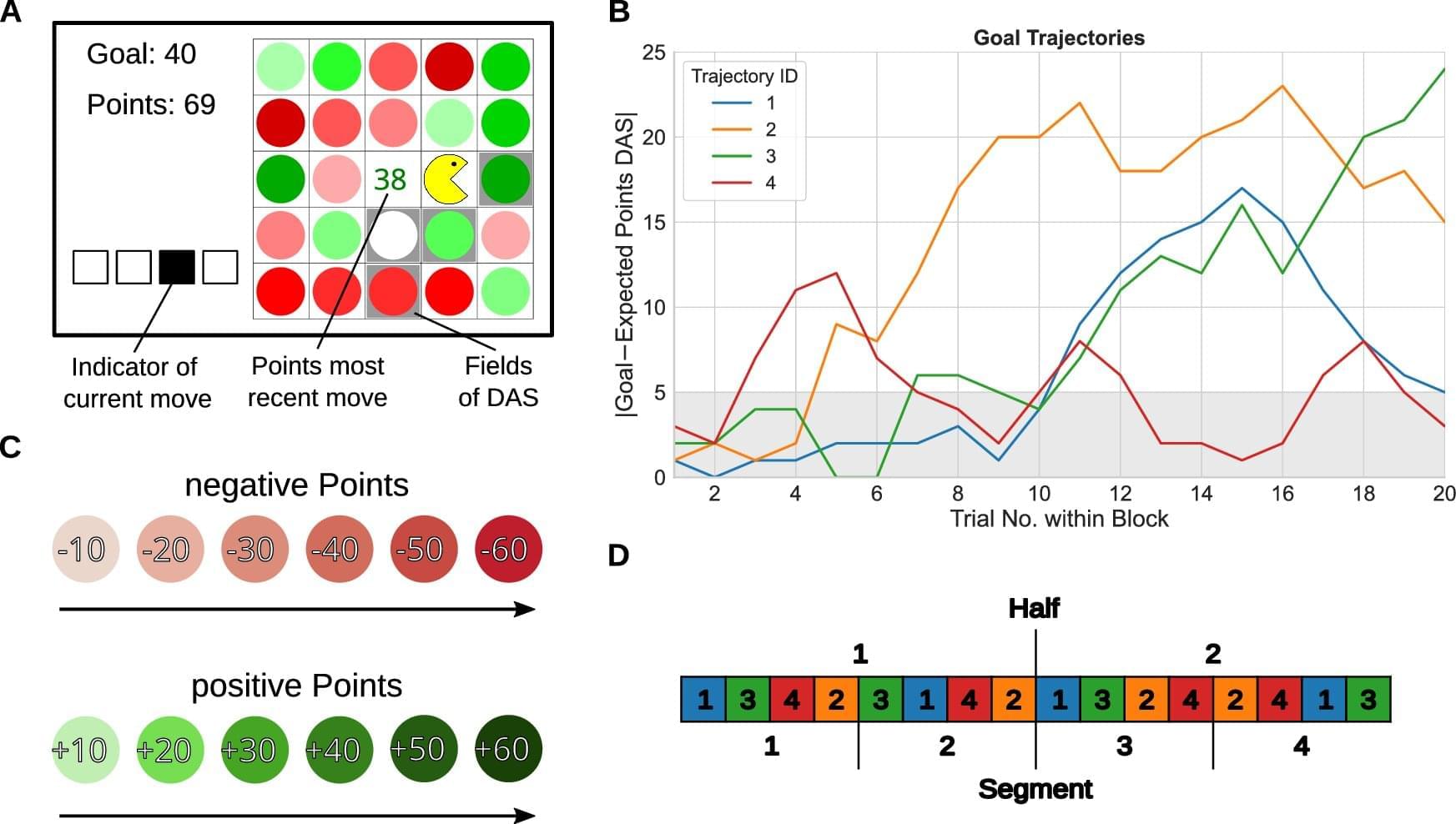What is that burger really doing to you?



Meet the keynote speakers at Longevity Summit Dublin 2025. Explore leaders in aging research, biotech, and longevity science.


A new study by scientists at the University of Colorado Anschutz Medical Campus reveals that joint tissue from patients with early-stage rheumatoid arthritis often have high levels of a protein called granzyme used by the immune system to attack pathogens.
The study also detected remnants of a bacteria that causes gum disease —gingivitis—in the tissue samples. While a connection between gingivitis and rheumatoid arthritis has long been suspected, this is the first time physical evidence of the bacteria in the joint tissue has been detected.
Researchers said the findings strongly support the hypothesis that these bacteria, initially colonizing gum tissue, somehow drive the development of rheumatoid arthritis, at least in some patients. How the bacteria get into the joints remains unknown. These findings, they said, could lead to earlier diagnosis and treatment of this chronic disease.

A new AI model is much better than doctors at identifying patients likely to experience cardiac arrest. The linchpin is the system’s ability to analyze long-underused heart imaging, alongside a full spectrum of medical records, to reveal previously hidden information about a patient’s heart health.
The work, led by Johns Hopkins University researchers, could save many lives and also spare many people unnecessary medical interventions, including the implantation of unneeded defibrillators.
“Currently, we have patients dying in the prime of their lives because they aren’t protected and others who are putting up with defibrillators for the rest of their lives with no benefit,” said senior author Natalia Trayanova, a researcher focused on using artificial intelligence in cardiology. “We have the ability to predict with very high accuracy whether a patient is at very high risk for sudden cardiac death or not.”

Light pollution, or artificial light at night (ALAN), is a widespread phenomenon in areas with dense human populations. Normally, animals use natural external cues, like sunlight and temperature, to synchronize their biological rhythms with the day-night cycle. However, ALAN is known to affect the biological rhythms of animals living within its range by altering physiological, molecular and behavioral mechanisms related to sleep-wake cycles (circadian rhythms).

To build a modern-day electrical grid with the flexibility and resilience to handle ebbing and flowing energy sources like solar and wind power, West Virginia University engineers have designed and successfully tested a fuel cell that can switch between storing or making electricity and also generate hydrogen from water.

Neuroscientists want to understand how individual neurons encode information that allows us to distinguish objects, like telling a leaf apart from a rock. But they have struggled to build computational models that are simple enough to allow them to understand what individual neurons are doing.
To address this challenge, researchers in the Stringer and Pachitariu labs at Janelia set out to create a simpler model to explain what’s going on in the primary visual cortex —the first stop in the brain for visual data. Their paper is published in the journal Nature Communications.
“We are trying to build a model that can predict the visual responses of each individual neuron,” says Fengtong Du, a graduate student in the Stringer Lab who led the new research.

Behavioral scientists have been trying to uncover the patterns that humans follow when making decisions for decades. The insights gathered as part of their studies can help shape public policies and interventions aimed at prompting people to make better decisions, both for society and for their own well-being.
In many cases, humans are known to make decisions that they think will maximize the rewards they receive while minimizing their losses. Sometimes, however, people’s choices are guided by automatic processes that they are unaware of and can be adversely impacted by so-called biases, systematic tendencies to fall into specific patterns of thought or behavior.
Researchers at TUD Dresden University of Technology recently carried out a study exploring the possibility that repeating specific decisions over time could bias decision-making, even in instances in which people’s actions affect the rewards they will receive. Their findings, published in Communications Psychology, suggest that when making sequential decisions (i.e., when asked to make a series of choices back-to-back), humans often tend to repeat familiar actions, even if alternative ones would yield greater rewards.